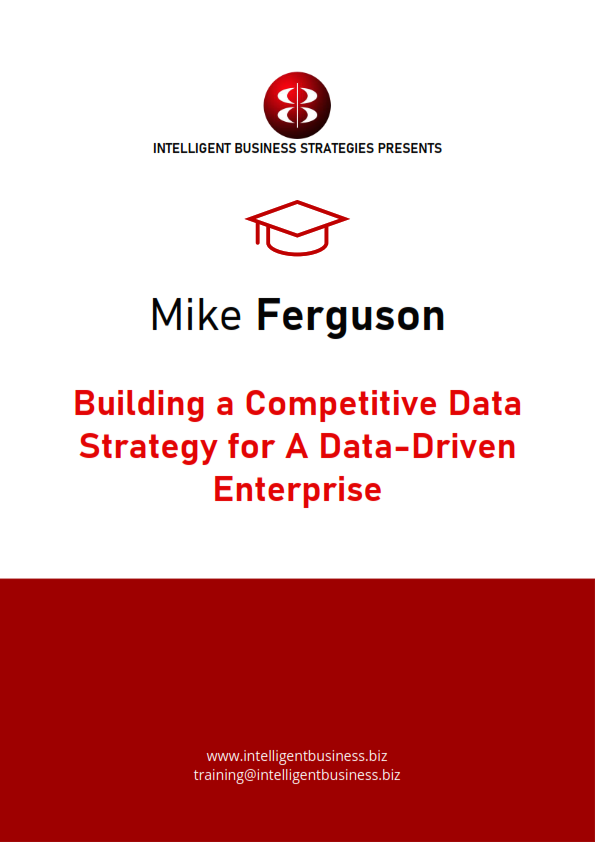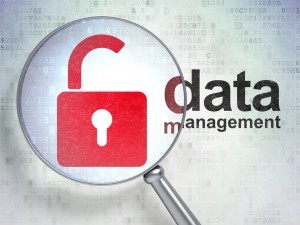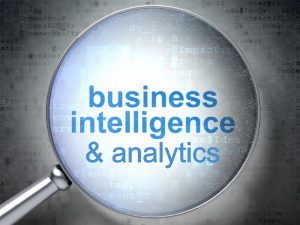
Featured Content

Data Catalogs – Governing & Provisioning Data in a Data Driven Enterprise (16 October 2024, Stockholm)

Data Catalogs: Governing & Provisioning Data in a Data Driven Enterprise (12 December 2024, Italy Livestream Training)

Data Strategy: Building The Foundation of a Data-Driven Enterprise (13-14 November 2024, Italy Livestream Training)

Data Warehouse Automation & Real-time Data – Reducing Time to Value in a Distributed Analytical Environment
Education
Building a Competitive Data Strategy for a Data-Driven Enterprise

Request information on running this seminar as an Onsite (can be given as live streaming training)
Click here for the full brochure
DATES
13-14 November 2024 – Live Streaming Training (Agent: Technology Transfer Institute)
26 November 2024 – Amsterdam (Agent: Quest for Knowledge)
OVERVIEW
For many companies today, there is a real desire to become data-driven. A key first step in achieving this, is to create a data strategy that sets out a roadmap on how to get there. When defining a data strategy, most companies are faced with two broad challenges. The first is how to reduce risk to get data under control, govern it and build trusted data products that they can consume and use. This needs to happen in an environment where regulation is increasing, data complexity is growing with thousands of data sources and many different types of data stores both on-premises, in SaaS applications and in one or more clouds. The second is how to maximise the use of data and analytics for competitive advantage to disrupt the market(s) you compete in. Data strategy therefore needs to be defensive as well as offensive. So how do you do this? What do you need to do to build a data strategy? What things should be in a data strategy? What should you include in a defensive data strategy versus an offensive one? This class looks at this problem and seeks to find a way to build a data strategy that enables both defensive and offensive data programmes and brings them together to create competitive advantage in a data driven enterprise.
AUDIENCE
Chief Data Officers, Chief Information Officers, Heads of Data Governance, Data Architects, Data Engineers, Solution Architects, Heads of Analytics, Data Warehouse Managers, Data Administrators, Business Unit Managers responsible for Data
LEARNING OBJECTIVES
Attendees will learn how to build a data strategy for a data driven enterprise that delivers business value while improving data governance.
MODULES
- Module 1 – Introduction
- Module 2 – Business Strategy Alignment
- Module 3 – Understanding and Assessing your Current Setup
- Module 4 – Defining your Future Setup
- Module 5 – Implementation Roadmap






